Our goal here at Credible Operations, Inc., NMLS Number 1681276, referred to as “Credible” below, is to give you the tools and confidence you need to improve your finances. Although we do promote products from our partner lenders who compensate us for our services, all opinions are our own.

If you need loans to pay for college, it’s important to know the differences between federal vs. private student loans. (Shutterstock)
When it comes to borrowing for your education, you have two main options for student loans: federal and private. Each type of loan has its advantages and disadvantages, and which one you’ll need will depend on your financial situation.
Here’s what you need to know about federal vs. private student loans, including your repayment options for each.
If you need a private loan to cover any funding gaps in your education costs, visit Credible to see your prequalified student loan rates from various private lenders, all in one place.
Federal vs. private student loans
The Department of Education makes federal student loans. Their rates, terms, and repayment plans are set by law. They come with several benefits, including income-driven repayment plans and student loan forgiveness. And only Parent or Grad PLUS loans require a credit check.
The U.S. Department of Education offers several different types of federal student loans, each with various requirements:
- Direct Subsidized Loans — Undergraduate students who can prove financial need are eligible for this type of federal loan. The federal government pays for the interest accrued while you’re enrolled at least half-time in school, when you defer your loans, and during the six-month grace period after you leave school.
- Direct Unsubsidized Loans — Like subsidized loans, Direct Unsubsidized Loans are for undergraduate students. But they’re not based on financial need and the government doesn’t pay the interest accrued, even if you’re enrolled at least half-time. You’re responsible for all the interest on the loan.
- Direct PLUS Loans for graduate and professional students — Also known as the Grad PLUS and Parent PLUS loans, these loans are subject to a credit check. But borrowers may still be able to qualify for a loan, even with adverse credit history. Though interest does accrue, borrowers don’t need to make payments during the grace period after graduation or when enrolled at least half-time.
- Direct PLUS Loans for parents — Parents who want to help pay for their child’s education can take out this type of federal student loan up to the cost of attendance, minus any financial aid they’ve received. Unlike Grad PLUS Loans, borrowers are responsible for payments as soon as the loan is disbursed.
Private student loans, on the other hand, are made by private organizations, like banks and credit unions. Lenders set these terms, and the loans may come with variable or fixed rates. Eligibility requirements include your credit history and income. Unlike federal student loans, private loans don’t usually have loan forgiveness and may be more expensive compared to federal loans, depending on factors like your credit score and repayment term.
Pros and cons of federal student loans
Before applying for either type of loan, consider the following advantages and disadvantages of federal student loans:
Pros
- Come with unique benefits — If you qualify, you may be eligible for benefits such as income-driven repayment plans and student loan forgiveness.
- Lenient credit check requirements — Direct subsidized and unsubsidized loans don’t require a credit check. While PLUS loans do, they may still allow borrowers with an adverse credit history to qualify.
Cons
- Loan limits may not be enough — While federal loans limits are only up to the cost of attendance, it still may not be enough to cover your total costs.
- Not everyone qualifies for subsidized loans — Those who don’t demonstrate financial need will only qualify for unsubsidized loans, meaning interest will still accrue during periods of deferment.
Pros and cons of private student loans
Private student loans also have benefits and drawbacks that you’ll want to consider:
Pros
- May qualify for lower rates — Applicants or their cosigners who have excellent credit may receive lower interest rates compared to federal loans, helping them save thousands of dollars over the life of the loan.
- Higher borrowing limits — Private student loans are a common way to make up for any funding gaps due to restrictions on federal loan limits, which is useful if you’re enrolled in a more-expensive program or school.
Cons
- No income-driven or loan forgiveness plans — Some private lenders may offer deferment options if you’re experiencing financial hardship, but you won’t get benefits such as having payment amounts capped based on a percentage of your income.
- Borrowers will most likely need a cosigner — If you don’t have good credit or won’t earn enough income while enrolled in school, you’ll most likely require a cosigner, who may not be able to be released from the loan depending on the lender.
In general, consider private student loans if scholarships, grants, and federal loans won’t cover the amount you need to borrow. You’ll want to exhaust your financial aid and federal loan options first.
If you’re ready to apply for a private student loan, Credible makes it easy to see your prequalified student loan rates from multiple lenders.
How repayment plans differ for federal vs. private student loans
Both private and federal student loans offer different types of repayment plans. However, the ones from private lenders will vary depending on the lender, whereas federal loans come with the same types — qualifying criteria is the same for all borrowers.
Considering every private lender has its own repayment plans, it’s important to pay attention to these so you can understand what your options are if you face financial hardship.
For federal loans, the Department of Education offers four main types of income-driven repayment plans:
- Revised Pay As You Earn Repayment (REPAYE) Plan
- Pay As You Earn Repayment (PAYE) Plan
- Income-Based Repayment (IBR) Plan
- Income-Contingent Repayment (ICR) Plan
Each repayment plan usually has monthly payments that are anywhere from 10% to 20% of your monthly discretionary income. You’ll need to apply for one of these plans, and eligibility requirements differ from plan to plan.
For example, if you can prove that your federal loan payments will take up a significant amount of your annual discretionary income, you may qualify for the PAYE and IBR plans.
Whichever repayment plan you end up qualifying for, your monthly payments will fluctuate based on your annual income. Each year you’ll need to submit updated income information to your loan servicer so it can calculate an updated monthly payment amount.
Whether you’re the borrower or cosigner, Credible makes it easy to compare student loan rates from multiple private student loan providers without affecting your credit score.


